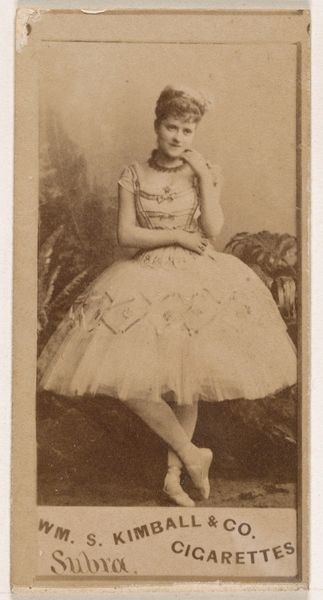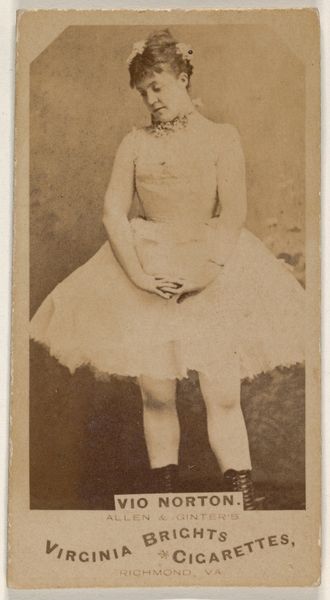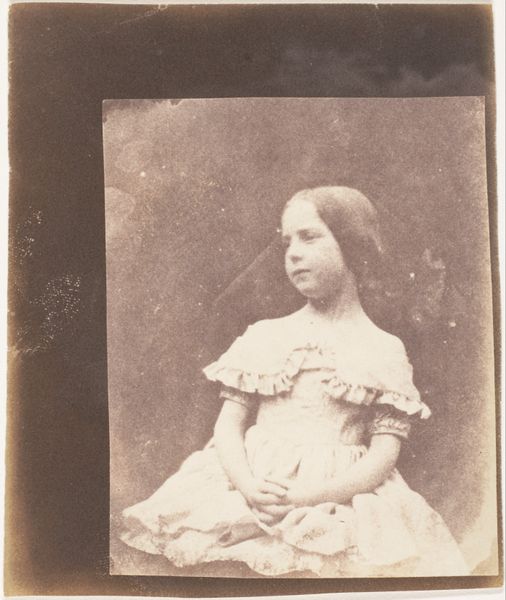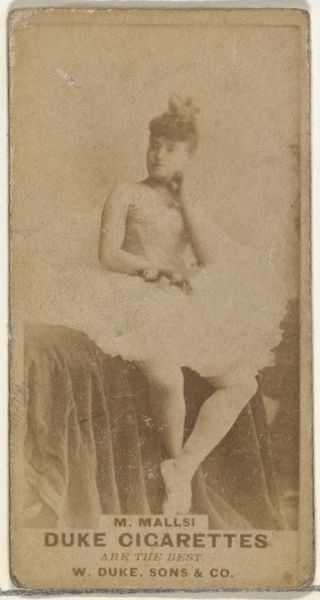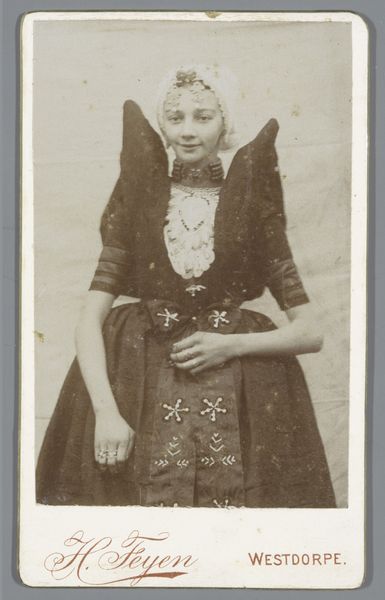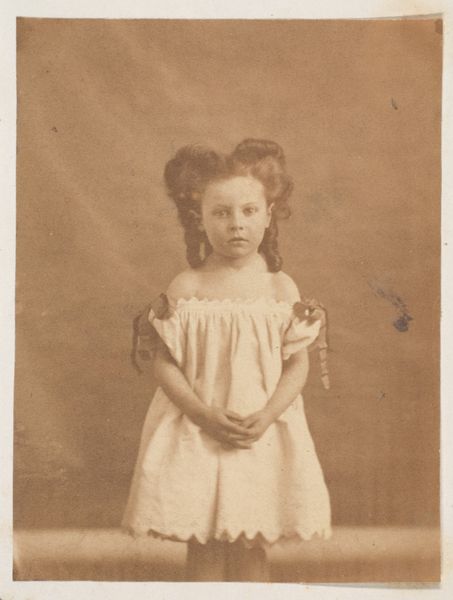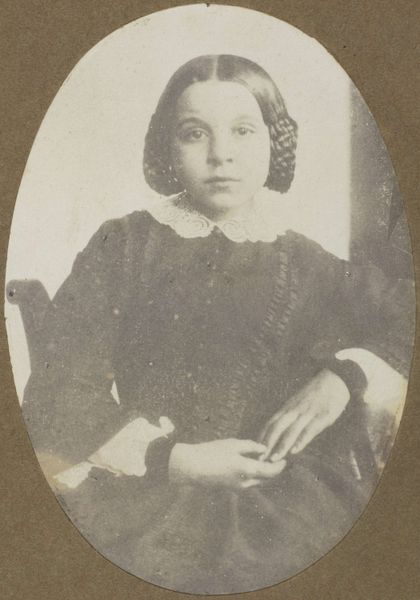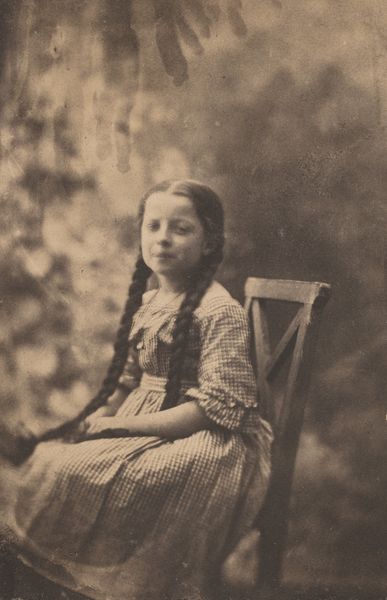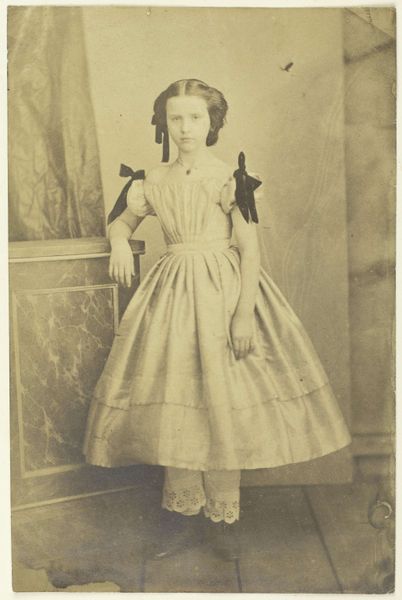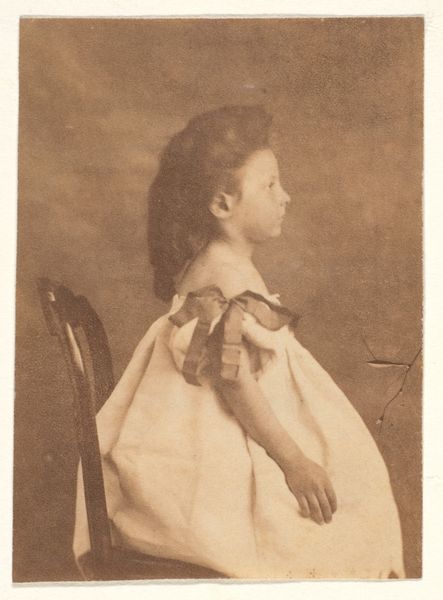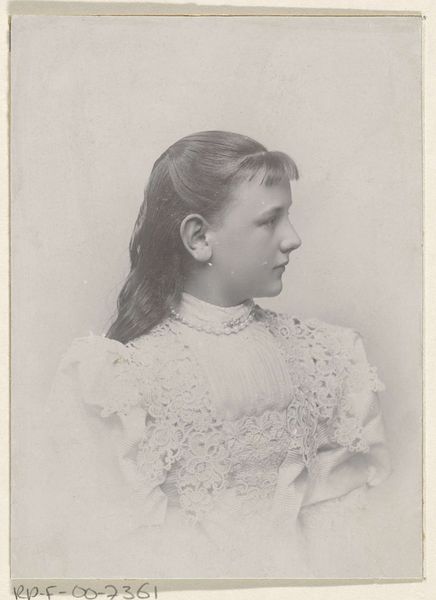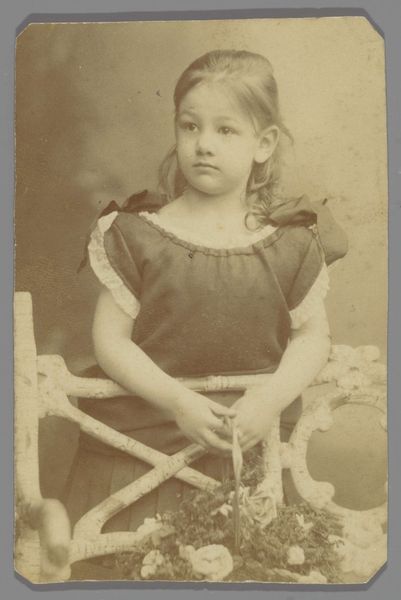
daguerreotype, photography, gelatin-silver-print
#
portrait
#
daguerreotype
#
photography
#
gelatin-silver-print
#
19th century
#
realism
Dimensions: height 125 mm, width 94 mm
Copyright: Rijks Museum: Open Domain
Curator: Seeing her gazing out like that... it’s almost like she knows all our secrets! Editor: That's exactly my thought! The somber tone, her quiet dignity… there’s something about this portrait of a girl, made circa 1854-1855 by Eduard Isaac Asser, that pulls you right in. Curator: Asser captured this anonymous young girl using a daguerreotype, one of the earliest photographic processes. Understanding that context is key: early photography required long exposure times, influencing posture, dress, and expression. Editor: Which explains why she seems so... composed? She's literally been frozen in time, which ironically feels rebellious to me. This gelatin-silver print has managed to hold on to something for centuries. Her eyes—those windows, as they say—they hold a whole story. Curator: Absolutely. Photography emerged as a tool of scientific documentation but quickly became a form of social portraiture. Here, the composition—her posture, the backdrop—speak to the sitter’s socio-economic position. Think of the patriarchal constraints of that era and how she as a female was posed, but yet managed to look strong and unbreakable. Editor: So much silence. I can hear the world turning from right here. It is amazing how much control a single woman can show given the chance and platform. She's a silent roar, you know? She represents something huge. All in a look. Asser really caught the energy there, even in the darkness, the shadows are like arms holding on. I really feel it in my bones. Curator: And yet, looking at this, one also thinks of the limitations of representation and agency. How much say did she really have in her portrayal? Did this photographic gaze mirror society’s expectations? Or, do we impose contemporary values onto her? Editor: You are right, those are interesting questions, of course. However, sometimes the story goes where it wants, whether we control it or not. Curator: What an image, what an enigma! I appreciate you offering a fresh perspective on how to perceive this “Portrait of a Girl." Editor: Well, this journey looking through time and a shared perspective into the past has been a joy. Thank you!
Comments
rijksmuseum about 2 years ago
⋮
Asser was one of the earliest practitioners of photography in the Netherlands. Two hundred of his photographs have been preserved, among them the earliest images of Amsterdam. This album contains still lifes and splendid portrait studies of Asser’s wife, children, and sons-in-law that were taken between 1853 and 1858. In the portrait of this unknown girl with folded arms resting on her lap, he proves himself a master of composition and lighting.
Join the conversation
Join millions of artists and users on Artera today and experience the ultimate creative platform.
